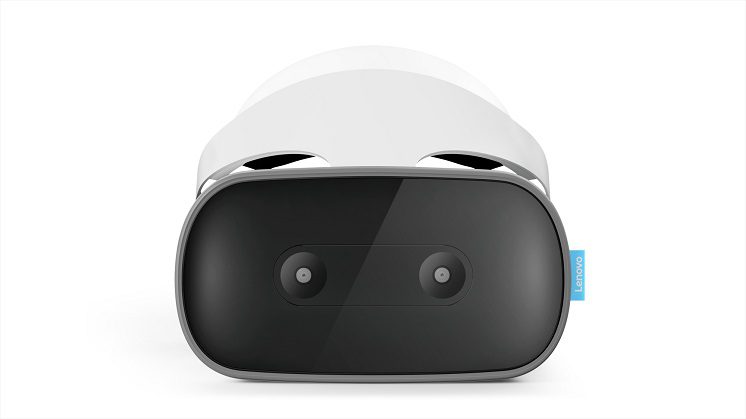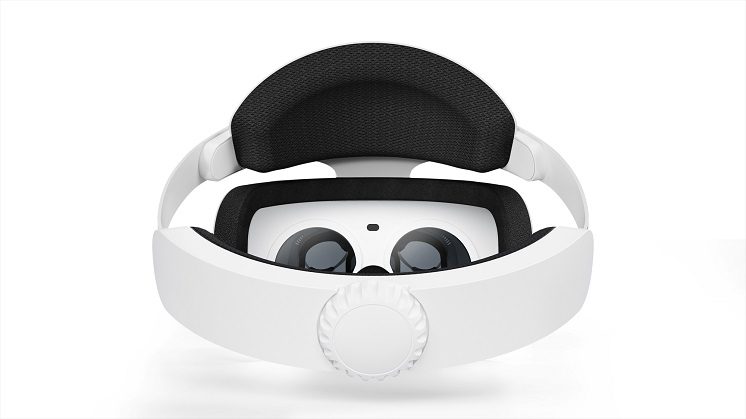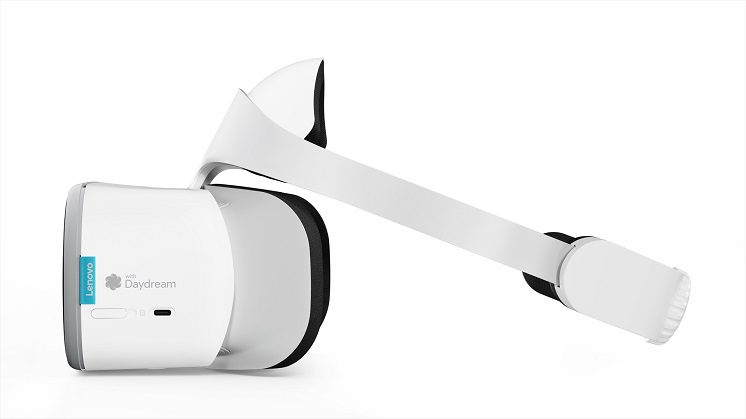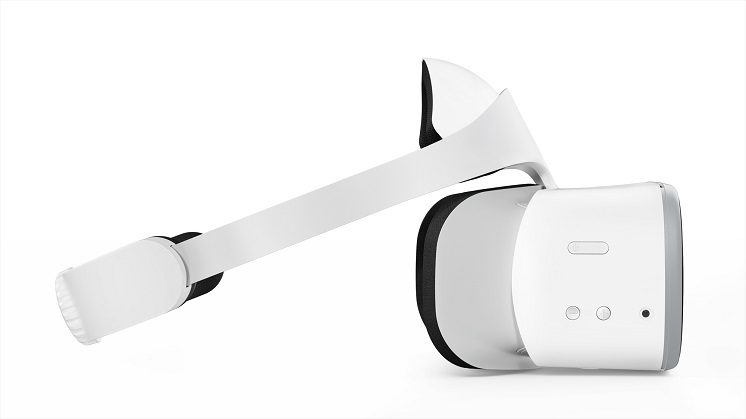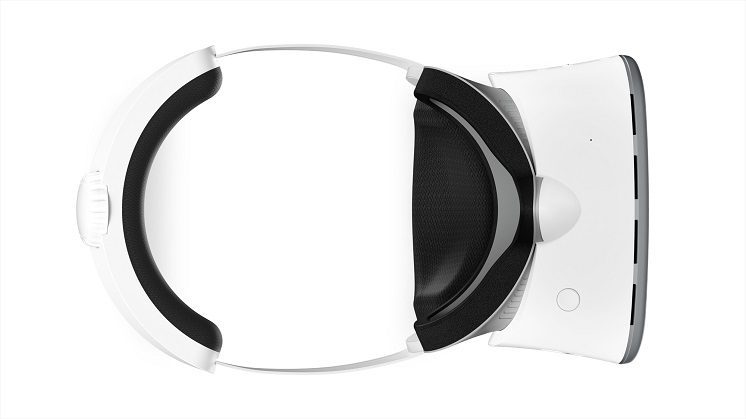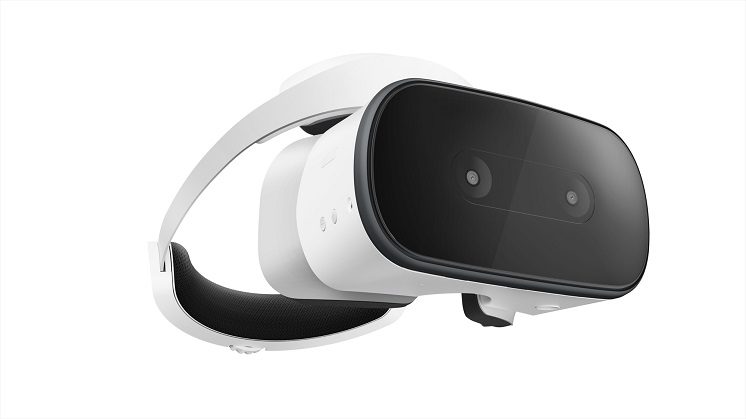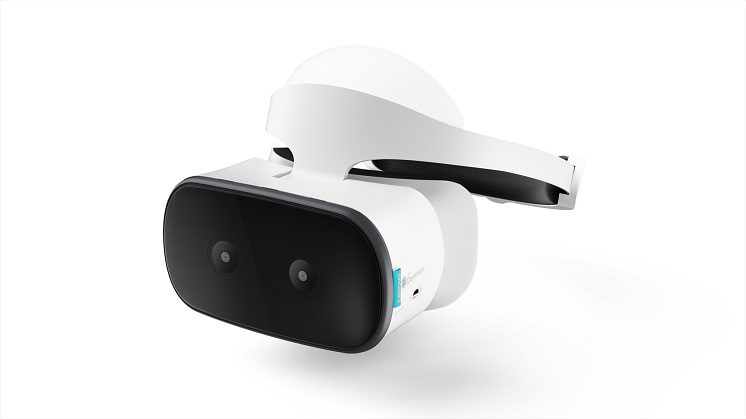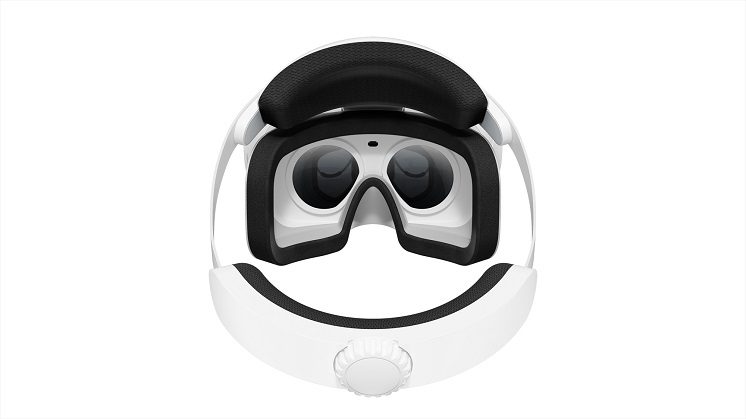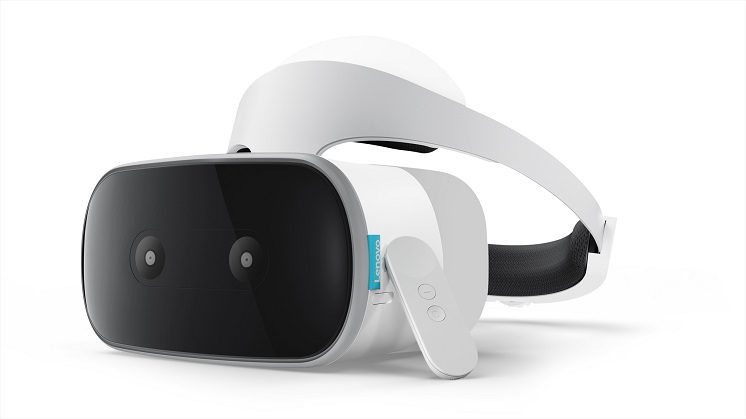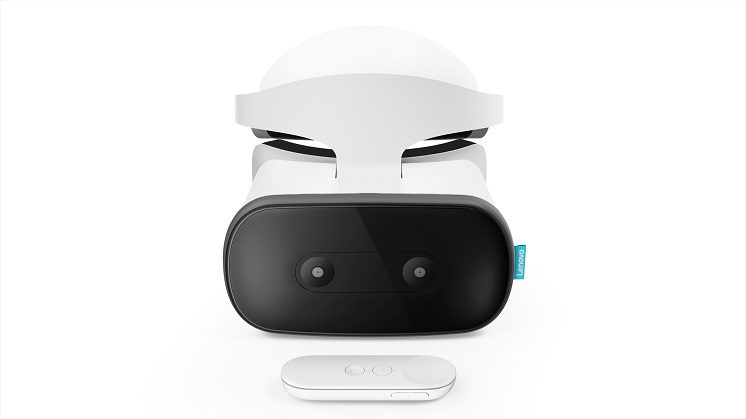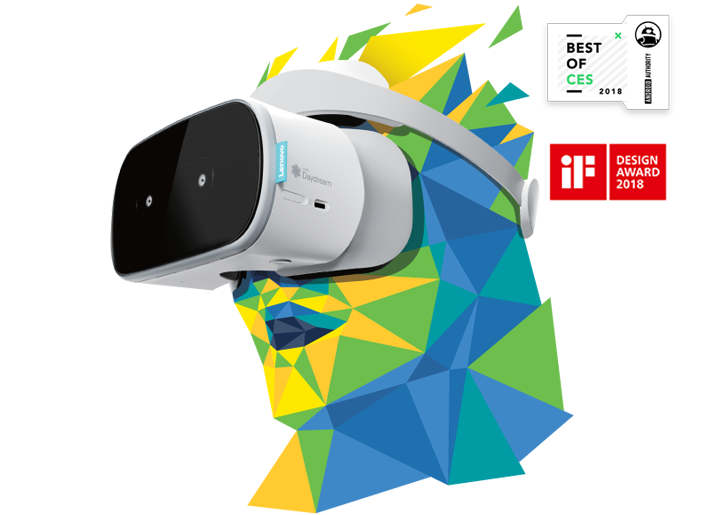Lenovo’s first standalone VR headset is a premium VR experience. The headset is not the most comfortable due to the way the weight is distributed, but it is it is a completely wire-free experience with an established library of games and experiences, courtesy of Google’s Daydream. As an experienced consumer of VR, what blows me away here is the wireless nature of the device. Taking it off and putting it back on, without having to dance around cables is a dream. It’s truly a different experience that will be more accessible to more people.
All of the power for the VR is coming from what is essentially a phone that’s built into the headset. The device is powered by a Qualcomm Snapdragon 835 processor. The same processor found in most of 2017’s flagship phones, such as the Pixel 2 and Essential Phone. You wouldn’t think a phone could compare to a GTX 1060 powered PC and an Oculus Rift. From a pure graphical perspective, it cannot. While technology may be an arms race, creating markets requires companies to be more consumer-oriented. Consequently, a less powerful VR headset that is wireless and has over 250 apps in it’s catalog is sure to make consumers take a second look at VR.
Summary of Features
- WorldSense™ Technology
- WorldSense™ technology leverages inside-out tracking and offers an immersive VR
experience with six degrees of freedom.
- WorldSense™ technology leverages inside-out tracking and offers an immersive VR
- Google’s Daydream VR Platform
- Access to Daydream and a growing library of over 250 apps.
- Standalone VR Hardware
- No PCs, phones, cables, or external sensors required.
- Powered by a Qualcomm Snapdragon 835 processor.
- High resolution 5.5” QHD (2560 x 1440) display with low-latency and smooth 75Hz
refresh rate. - Built-in 4,000 mAh battery.
- A Daydream controller is included for navigation.
- Ergonomic
- Lightweight at 1.42lbs (645 grams).
- Easily adjustable head strap with a dial knob.
Design
I’ve had an opportunity to review other VR headsets, such as the original Oculus Rift and Lenovo Explorer. Those experiences were amazing and mostly immersive. Anyone that used them would tell you the same thing: they need to be wireless. Although the Mirage doesn’t have the power of my gaming PC, the experience of using it is just as immersive, provided the headset is comfortable. The Mirage fits that bill, mostly. It feels a lot like the Explorer and the actuation points are the same. Your forehead rests on a fabric that almost feels like memory foam. A white plastic wraps around your head, pulling the back of the headset to your head, where you can adjust the fit carefully. On the right side of the device are the power and volume buttons. There is also a 3.5″ headphone jack – headphones are included with the Mirage. On the left side is a Micro-SD card slot, which supports up to 256GB, and a USB-C port for charging.
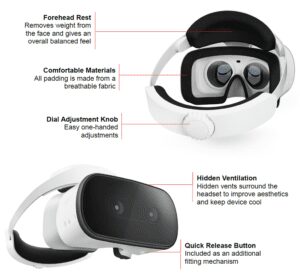
The controller is simple: there is an apps button, home button, volume control and a primary button for interacting with your app. It’s not as functional as the controllers Lenovo includes with the Explorer, but, again, the Mirage is not meant for heavy gaming like Skyrim VR. Note you can use the controller to capture screenshots, video, and even Cast to a Chromecast device. That’s a lot of functionality for a VR device and I’m happy to see some more social options.
Specifications
- CPU: Qualcomm Snapdragon 835
- Memory: 4GB LPDDR4
- Storage: 64GB | Micro-SD Card Slot (up to 256GB)
- OS: Daydream OS
- Display: 5.5″ QHD (2560 x 1440), IPS< 70% Color Gamut, 75 Hz | 110 degree FOV
- Camera: WorldSense Tracking
- Battery: 4000 mAh (2.5 hours continuous use)
- Dimensions: 8.03″ x 10.61″ x 7.08″ | 1.42 lbs
- I/O: 2 x microphone, 1 x 3.5mm headphone jack, 1 x USB C (charge and data)
- Sensors: P-Sensor, Gyroscope, Accelerometer, Magnetometer
The Experience
Lenovo is leveraging Google’s Daydream platform, which is backed by Android. For existing users of Daydream, they can log into the Mirage with their Google account and immediately access the content they’ve already paid for. For others, the Daydream store is available on your Android phone as well as the Mirage – so you can make purchases even when the Mirage is not with you.
The unit I received was pre-loaded with several games and experiences. From BBC Earth: Life in VR, which explores the California coastline, to Blade Runner; Revelations, which is a puzzle solving action game. It also supports Lenovo’s WorldSense technology which provides six degrees of freedom for the user. There are 40 compatible apps available at launch, including YouTube VR. No, the Mirage doesn’t support Doom VR – but Lenovo has another headset for that.
WorldSense really means you can move your head and the compatible app will interpret that motion and relay it back to you. When I played Narrows, a sea-battle pirate game, I was able to move my head around and see everything around me. I did not have to use the included remote to turn the point-of-view. This is a huge differentiation from the Oculus Go, which is priced at half the cost of the Mirage.
Buy it Here
Who is this For?
The Lenovo Mirage Solo is perfect for VR enthusiasts that want to have a great experience and share it with their friends and family. It’s not a cheaply made headset at all. The inclusion of WorldSense is the real game changer as it provides the user with a more immersive experience they’ll remember, and miss if they don’t have it the next time around.


